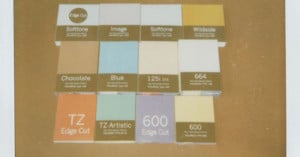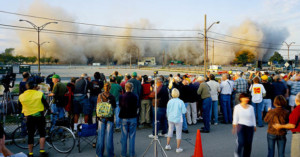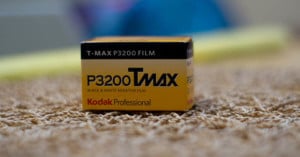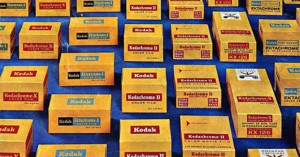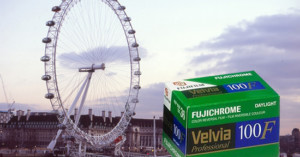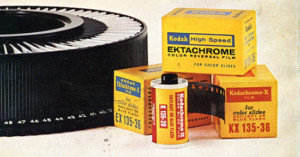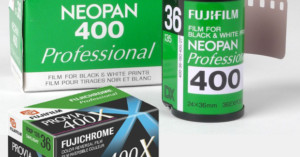
The Rise and Decline of Film, As Told from Film’s Perspective
Film has seen better days. With legends like Kodak's Kodachrome gone, and staples like Fujifilm's Neopan 400 very recently following suit, most news about film is met with dismay and long drawn out "No's" (if you doubt it, check out the comment section on the Neopan 400 and Provia 400X discontinuation announcement linked above).

